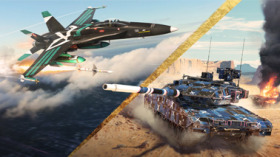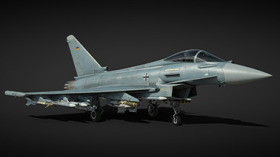
- Для PC
- Для Mac
- Для Linux
- ОС: Windows 10 (64 bit)
- Процессор: Dual-Core 2.2 GHz
- Оперативная память: 4 ГБ
- Видеокарта с поддержкой DirectX версии 11: AMD Radeon 77XX / NVIDIA GeForce GTX 660. Минимальное поддерживаемое разрешение – 720p.
- Сеть: Широкополосное подключение к Интернету
- Место на жестком диске: 22.1 Гб
- ОС: Windows 10/11 (64bit)
- Процессор: Intel Core i5 или Ryzen 5 3600 и выше
- Оперативная память: 16 ГБ
- Видеокарта с поддержкой DirectX 11 и выше: Nvidia GeForce 1060 и выше, Radeon RX 570 и выше
- Сеть: Широкополосное подключение к Интернету
- Место на жестком диске: 62.2 Гб
- Операционная система: Mac OS Big Sur 11.0
- Процессор: Core i5, минимум 2.2GHz (Intel Xeon не поддерживается)
- Оперативная память: 6 Гб
- Видеокарта: Intel Iris Pro 5200 (Mac) или аналогичная видеокарта AMD/Nvidia для Mac (минимальное поддерживаемое разрешение – 720p) с поддержкой Metal
- Место на жестком диске: 22.1 Гб
- Операционная система: Mac OS Big Sur 11.0
- Процессор: Intel Core i7 (Intel Xeon не поддерживается)
- Оперативная память: 8 Гб
- Видеокарта: Radeon Vega II и выше с поддержкой Metal
- Место на жестком диске: 62.2 Гб
- Операционная система: Современные дистрибутивы Linux 64bit
- Процессор: Dual-Core 2.4 ГГц
- Оперативная память: 4 Гб
- Видеокарта: NVIDIA GeForce 660 со свежими проприетарными драйверами (не старее 6 месяцев) / соответствующая серия AMD Radeon со свежими проприетарными драйверами (не старее 6 месяцев, минимальное поддерживаемое разрешение - 720p) с поддержкой Vulkan
- Место на жестком диске: 22.1 Гб
- Операционная система: Ubuntu 20.04 64bit
- Процессор: Intel Core i7
- Оперативная память: 16 Гб
- Видеокарта: NVIDIA GeForce 1060 со свежими проприетарными драйверами (не старее 6 месяцев) / Radeon RX 570 со свежими проприетарными драйверами (не старее 6 месяцев) с поддержкой Vulkan
- Место на жестком диске: 62.2 Гб
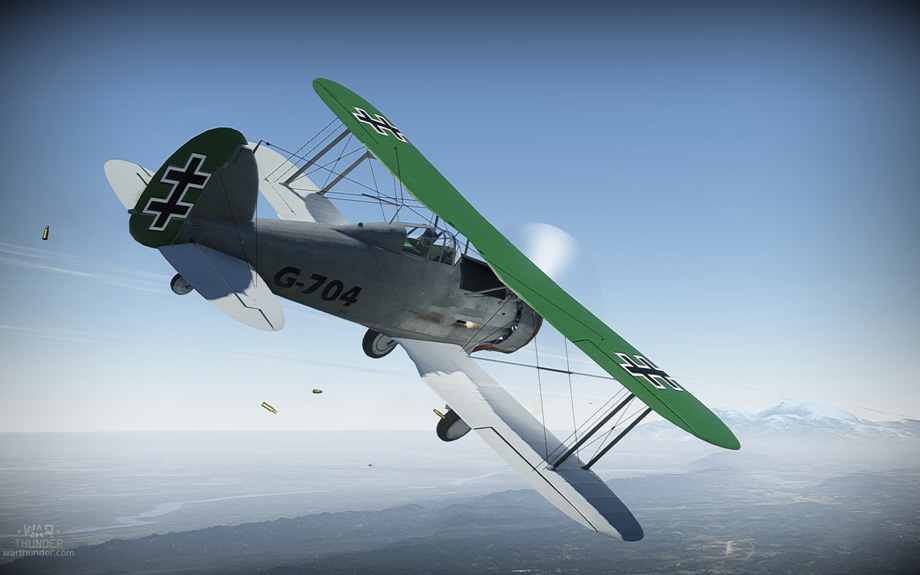
Gladiator Mk II Lithuanian Air Force camo 1939 created by SARUNAS | Download Here
Lithuania
The Lithuanian Army was first established in 1918, On 1st of January 1919 an Aviation Unit was officially formed at Kaunas within the Engineers Company of the Lithuanian Army. The unit received it’s first aircraft on 5 February 1919 – a captured Sopwith.
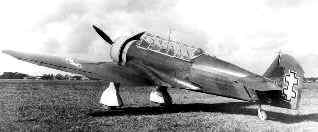 |
| Lithuanian aircraft ANBO-8 in Kaunas. |
In 1938, the High Command of the Lithuanian Air Force decided to start a radical change of the aerial equipment being used, at that time it mainly consisted of machines of foreign origin that were becoming obsolete. Aircraft of native construction were the scout ANBO-IV and ANBO-41, for advanced training the ANBO-VI was used, for basic training there were the ANBO-V and -51, and the fighter squadrons continued to use the British Gloster Gladiator.
A new aircraft was planned, it had to be a light bomber, adaptable also as attacker and for direct frontline support. The first project work started on May the 5th, 1938. The new aircraft, the ANBO-VIII, was an all-metal cantilever low-wing construction with fixed undercarriage, having a long cabin on the back to shelter the crew. Somehow it resembled the Polish scout and light bomber PZL P.23 "Karas". The first prototype was built at the aviation workshop in Kaunas and was ready for testing on September 5th, 1939.
Latvia
The Latvian Air Force was first founded on 7 June 1919 when an Air Group was formed, commanded by Lt. Alfrēds Valleika. The first aircraft were Nieuport 24bis and Sopwith 1½ Strutter. They first flew on 5 August 1919, and accomplished the first battle mission on 26 August 1919 when they successfully bombed enemy positions. In whole war for independence, Latvian Air Forces flew 69 missions.
In 1926 Air Group was renamed to The Aviation Regiment. When WWII started, Aviation Regiment consisted of three fighter squadrons armed with 24 Gloster Gladiator and 6 Bristol Bulldog along with some reconnaissance aircraft from naval reconnaissance squadron. After war Latvian Air Forces has became a part of USSR Air Forces and stay it till 1992, one year after Latvia proclaimed independence.
Estonia
The roots of the Estonian Air Force reach back to the 21st of November, 1918, when August Roos was tasked with the formation of a flying unit. As Estonia at that time was involved in the so-called ‘Estonian Independence War’ against German and Russian military units, the deployment of a capable air force was considered a high priority, but aircraft were rare and foreign aid limited. The first combat capable aircraft of the Estonian Air Force was thus a captured Russian Farman HF-30 fighter biplane of French origin, which was ready for service in January 1919.
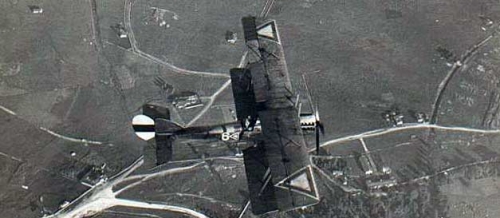 |
| Estonian B.E.2 |
Still in its very early stage of development, the Estonian air force was able to act as a support to Estonian ground forces in the days of conflict. After the armistice, the air force was restructured and reinforced with additional aircraft, now consisting of one squadron for army fighters, one squadron for hydroplanes as well as schools and workshops. During the interwar period, the forces were modernized at a steady pace.
In 1940 Estonia became a part of the Soviet Union. The now around 130 aircraft strong force was thus integrated into the Red Army. As Germany invaded the Baltic States during Operation Barbarossa in 1941, many Estonian pilots deserted the Red Army and the Estonian Air Force de facto ceased to exist. After 1991, the Estonian Air Force was again put to life, now to serve the newly proclaimed Estonian Republic.
 |
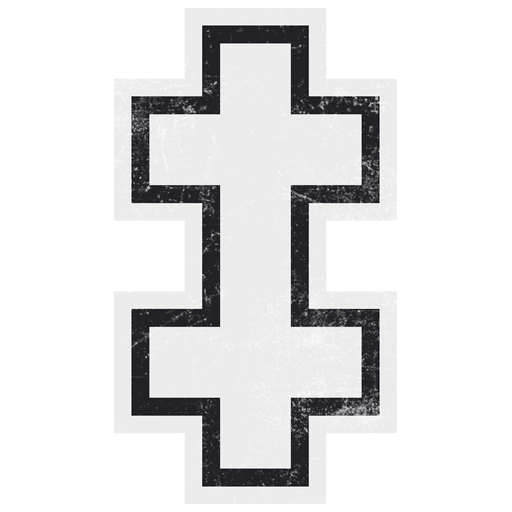 |
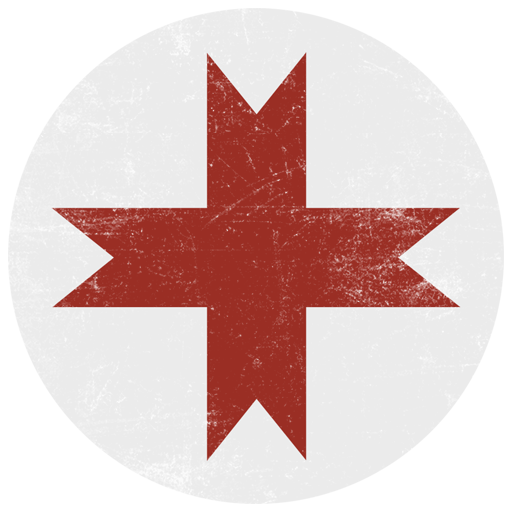 |
| Estonian Air Force Roundel | Lithuanian Air Force Roundel | Latvian National Guard Roundel |
Decal by Jej "CharlieFoxtrot" Ortiz
The War Thunder Team


